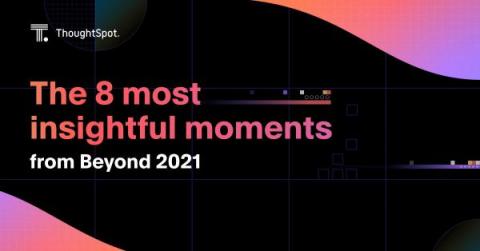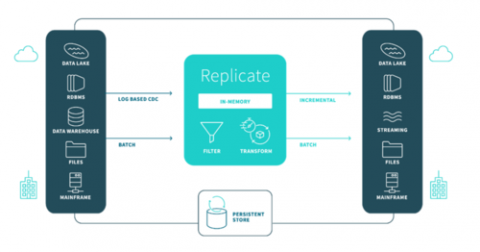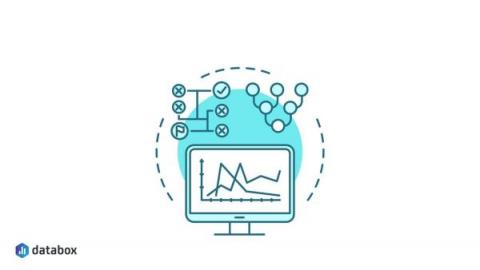Addressing the Three Scalability Challenges in Modern Data Platforms
In legacy analytical systems such as enterprise data warehouses, the scalability challenges of a system were primarily associated with computational scalability, i.e., the ability of a data platform to handle larger volumes of data in an agile and cost-efficient way.








